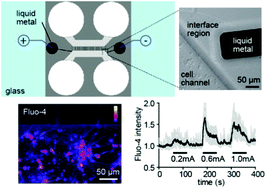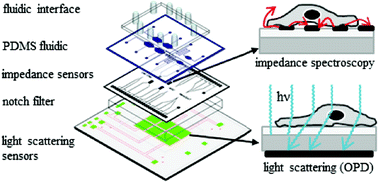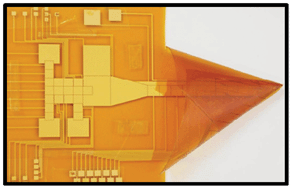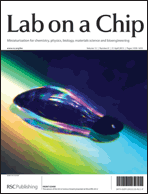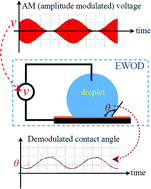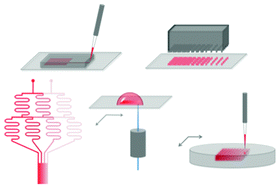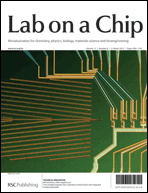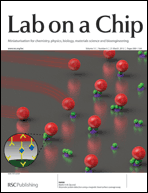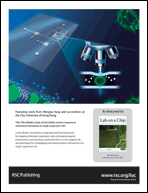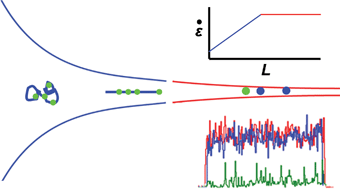Electrowetting on dielectric-coated electrodes (EWOD) enables manipulation of individual droplets. Rather than direct current, AC-EWOD is used to additionally oscillate droplets for mixing and transport.
For wireless AC-EWOD, magnetic induction with a high frequency signal is needed, however this is above the dynamic range for droplet oscillation and an amplitude demodulator is currently needed in front of the EWOD chip to reduce this below 1 kHz.
In today’s HOT article, collaborators from Gangneung-Wonju National University, Republic of Korea, and University of Pittsburgh, USA, show theoretically and experimentally that an EWOD-actuated droplet actually has the ability to demodulate a high frequency amplitude modulation frequency itself due to the contact angle and does not require external artificial demodulation.
 The team point out that this phenomenon is unique in that this is the first physical entity to show visible demodulation behaviour. They briefly show that this demodulating functionality is not applicable with frequency modulation signals. Further investigation will focus on the possible range of signal that can be applied and successfully transmitted to the droplet and recovered by the inherent demodulation.
The team point out that this phenomenon is unique in that this is the first physical entity to show visible demodulation behaviour. They briefly show that this demodulating functionality is not applicable with frequency modulation signals. Further investigation will focus on the possible range of signal that can be applied and successfully transmitted to the droplet and recovered by the inherent demodulation.
Read the theoretical and experimental explanation in full, as this HOT article is free to access for four weeks*:
Inherent amplitude demodulation of an AC-EWOD (electrowetting on dielectric) droplet
Myung Gon Yoon, Sang Hyun Byun and Sung Kwon Cho
DOI: 10.1039/C2LC41043E
*Free access to individuals is provided through an RSC Publishing personal account. Registration is quick, free and simple












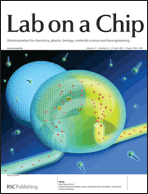
 The back cover features the laboratory of Sergey Shevkoplyas at
The back cover features the laboratory of Sergey Shevkoplyas at 